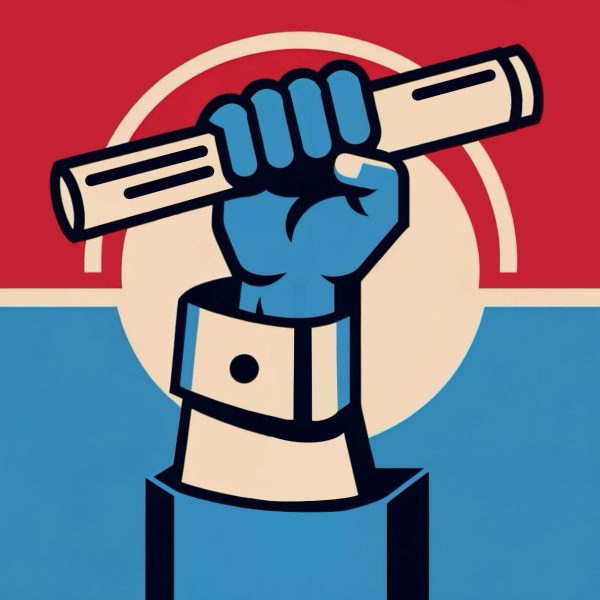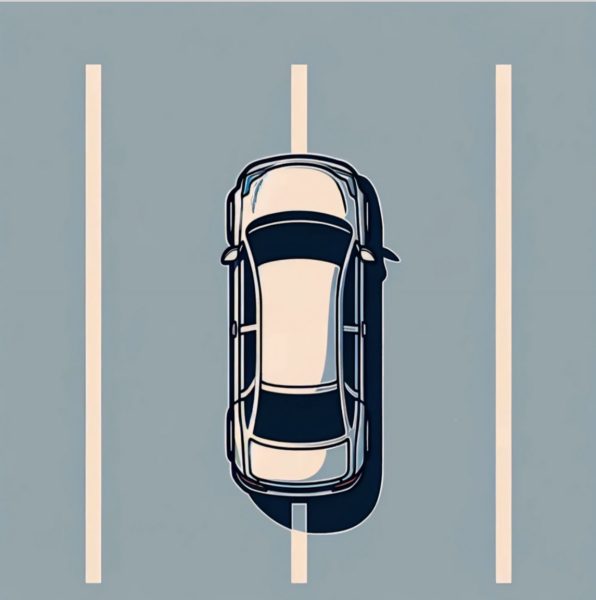Cannon: The extremism of white men should not be ignored
My uncle, Champ, was heavily involved with Cleveland’s Black Panther Party chapter throughout the late ‘60s and early ‘70s. At the time, both my mother and uncle claimed that members of the pro-black political faction were purposely subjected to illegal and dehumanizing police procedures. Decades later, after the FBI had released redacted documents detailing the top-secret COINTELPRO program, the suspicions of my uncle and mother were proven to be true.
The FBI, with the aid of lower-level law enforcement throughout the United States, was responsible for halting the progress of the civil rights movement. Between infiltrating the political organizations of Blacks and Latinxs, urging Martin Luther King, Jr. to commit suicide (via a letter) and destabilizing the Black Panther Party—the same efforts of protecting the “security” of our country would rarely be extended and applied to the threat of domestic terrorism clutched by white men.
Nonviolent political movements centered around the plights of black and brown people have always faced the scrutiny of America’s dominant culture, while the dangers of white and white-passing men enamored of neo-Nazi extremism and rhetoric has continuously been overlooked.
We are paying the price.
We are constantly exposed to the potential of jihadists driving cars through public spaces and shooting up concerts, while the FBI and other intelligence agencies have always shifted their concern to the domestic terrorism utilized by white supremacists.
People of color are often forced to be representatives of their respected ethnic groups: “Why don’t Muslims stand up against jihadists?” “Why don’t African-Americans stop gun violence in their neighborhoods?” The same mirror of blame is rarely held to the face of White America, which has ultimately resulted in the poor state of race relations in this country. Nicolas Cruz was a “broken child,” while Trayvon Martin was a weed-smoking delinquent. James Holmes suffered from depression and schizotypal personality disorder, while Tamir Rice—filtered through the exaggerated, blatantly racist and animalistic masculinity projected upon black men—was thought to be a grown man with a gun.
Could you imagine a jihadist slipping through the cracks of the FBI after being reported several times by his peers and superiors? Do you think that he would be humanized in the bold presence of death? Will they say that he was broken? Will they say that he suffered from mental illness? Will they display pictures of him alongside his picture-perfect family? Will they speak of his talents and accolades?
Our own president was quick to racially code the identities of undocumented immigrants with scenes of murder and rape, aligning them with the politicized violence of street gangs like MS-13, while he stumbled to decry the fear instigated by Nazi apologists in Charlottesville last summer.
The world saw a fuming cloud of white men run through that city, mirroring the night-riding of the Ku Klux Klan. Klansmen would dress in baggy garb that would hide their faces, gathering together on horseback, sinking into the darkness of night, carrying torches, pulling black people from their households, only to mutilate and disfigure their bodies.
There are still African-Americans in these communities that are affected by the aftermath and legacy of lynchings. The world saw fascists run up on riot police, punching, pushing, shoving, wielding firearms. Meanwhile, I won’t even break traffic laws on our campus out of fear of being confronted by a police officer. My fear is that deep. My fear is that real and internalized. The lack of fear displayed by the white supremacists in Charlottesville is a reflection of our culture and society.
When there’s a news report of a white man shooting up a school, people of color are not surprised. Many of our own lives have been mangled by the systematic bludgeoning of state-sponsored institutions. We are the victims of postcolonialism. We are familiarized with the realities of America’s rampant violence.
Tenants of social civility theory will continue to mock “snowflakes” and evoke illusions of brutality linked to the Black Lives Matter movement, while a white man, influenced by far-right or Nazi ideologies, will slip through background checks and various red flags, soon-to-be added to a long list of domestic terrorists, only after expressing his strident discontent with bullets.
Christopher Alan Cannon is a third-year student studying English and history.














